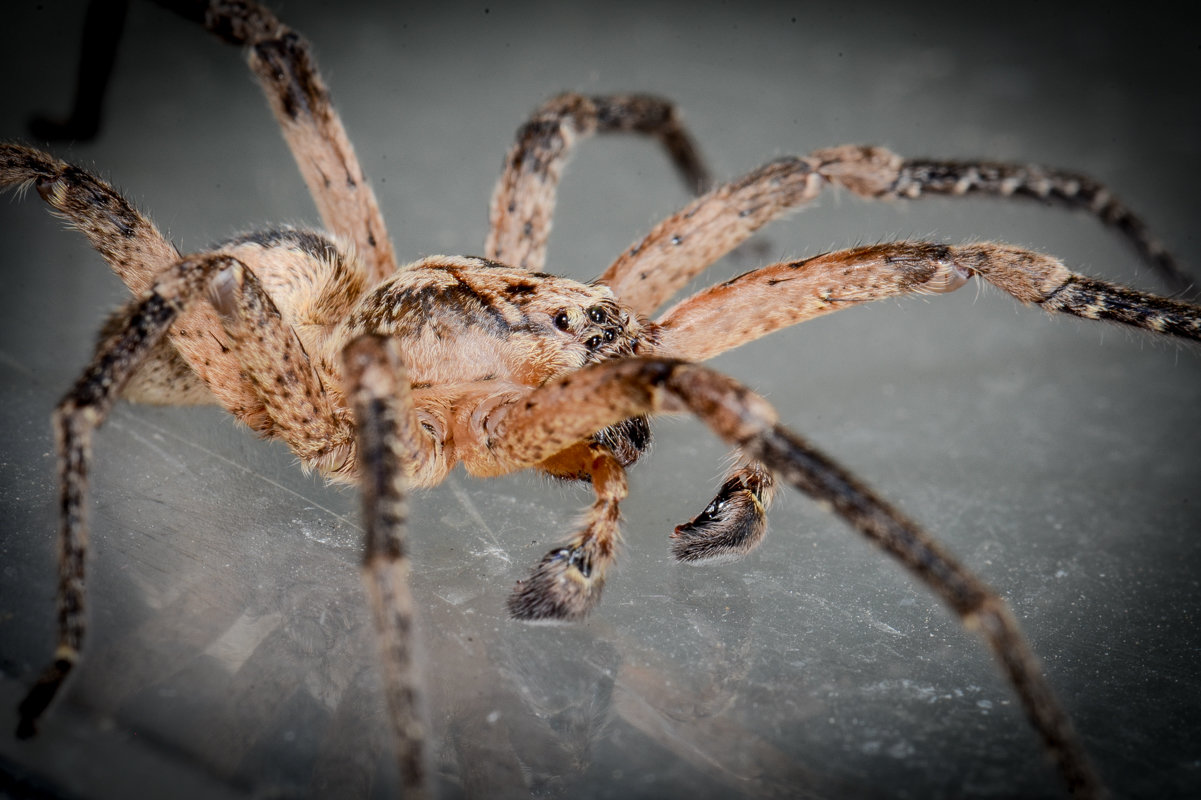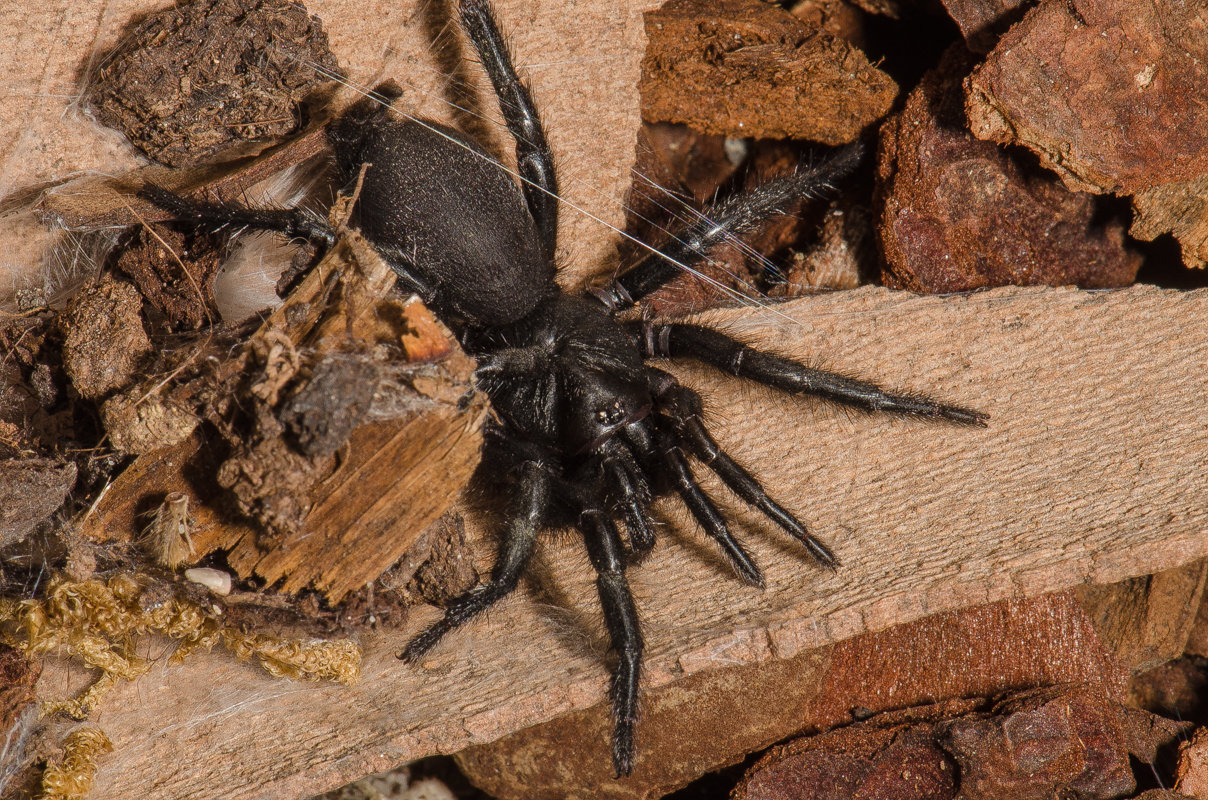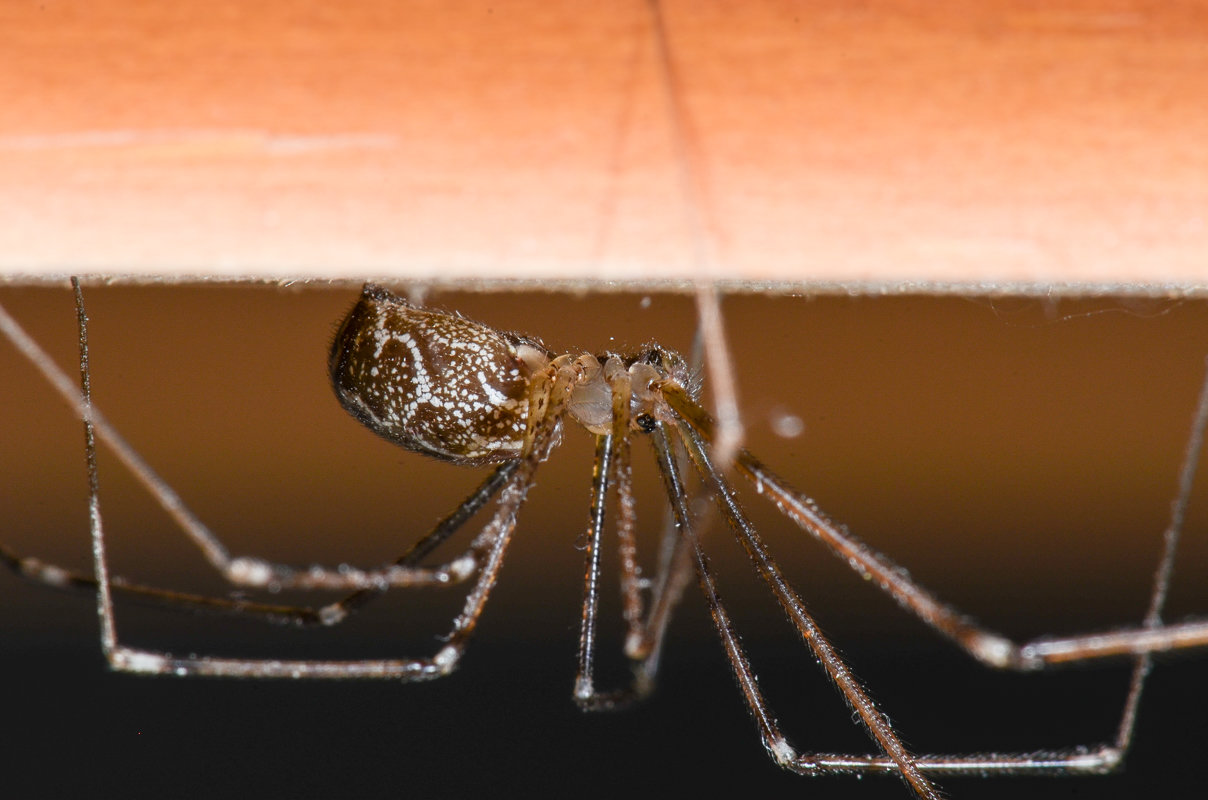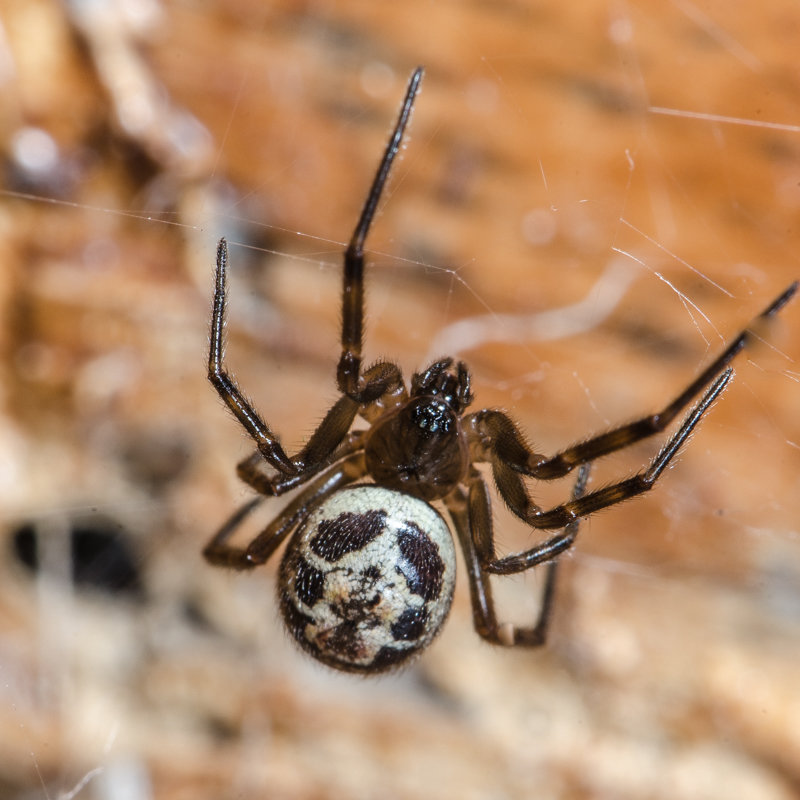NEOBIOTA
The enormous interconnectedness of international trade in recent times has unintentionally led to many new means of dispersal for a number of plants and animals from far-away and exotic countries. Such species reach us in truck loads, containers in ballast water and together with ornamental plants; and even the baggage of tourists can be such a transport vessel for an introduced species, unbeknownst to the consequences this might have for native species. Usually, only few species can establish populations in other (harsher) climates and ecosystems, but some are at least able to survive in human housing areas.
Organisms of a species, which establish stable populations for longer periods of time, are called introduced species, with such plants being called neophytes and animals called neozoa.
Most of these immigrants remain quite hidden from our view and their occurrance has no larger consequences to the native fauna and flora, but a small number turns out to become ecologically problematic because they change valuable ecosystems or negatively affect native species. Such species are, for example: Asian knotweed (Fallopia sp.) or the signal crayfish (Pacifastacus leniusculus) from North America, which trasmits a fungal disease, the water mould, to the crayfish species native to Germany, while being immune to it himself.
Of the approximately 1000 spider species in Germany, a small but considerable 20 species are introduced (about 2 %). In the light of ever increasing trade and our travel activities, the number of introduced spider species must be expected to rise and this might even include the establishment of species harmful or dangerous to humans.
Text: T. Bauer (SMNK)
The American house spider (Parasteatoda tepidariorum) from the family tangle-web spiders (Theridiidae) has been known to occur in Central Europe for quite some time. Already its describer, the famous arachnologist Carl Ludwig Koch (1778-1857) knew this species from German green- and hothouses and included this characteristic in the scientific name; a tepidarium (lat. tepidus = luke warm) used to be a heated room in the Roman bath culture. This species is nowadays distributed worldwide but it is expected to have originated from South America.
Recently, another immigrant has attracted some attention; Zoropsis spinimana of the family ‚false wolf spiders‘ (Zoropside) has apparantly been introduced to Central Europe by travel activities from the Mediterranean and has been able in several urban locations to establish populations. In Karlsruhe, this species can nowadays regularly be encountered.
The following and by all means not exhaustive list might provide a small overview of the introduced species occurring in Central Europe. You can find more information on these species, for instance in the Wiki of the European Spider Forum gefunden werden.
In greenhouses:
- Hasarius adansonii (Audouin, 1826)
- Heteropoda venatoria (Linnaeus, 1776)
- Uloborus plumipes (Lucas, 1846)
- Parasteatoda tepidariorum (C.L. Koch, 1841)
In urban environments (in houses , sheds):
- Cheiracanthium mildei (L. Koch, 1864)
- Holocnemus pluchei (Scopoli, 1763)
- Psilochorus simoni ( Berland, 1911)
- Steatoda grossa (C.L. Koch,1838)
- Steatoda triangulosa (Walckenaer, 1802)
Outdoors:
- Mermessus trilobatus (Emerton, 1882)
- Ostearius melanopygius (O.P.-Cambridge, 1879)
Spiders are often unintentionally transported in feight containers, with fruit- and vegetable imports and increasingly via potted ornamental plants. One also has to consider accidental transports together with live pet food, such as house crickets. Due to their ability of fasting for longer periods, they can easily survive being transported in ships or on trucks; they are however vulnerable against freezing temperatures and repeated washing or desinfecting proceedures.
In recent years events of spider imports via bananas or other exotic fruit have hit the news, but one has to keep in mind that repeated washing, thorough inspection and the use of insecticides nowadays prevents such cases almost entirely. More information on „banana spiders“.










